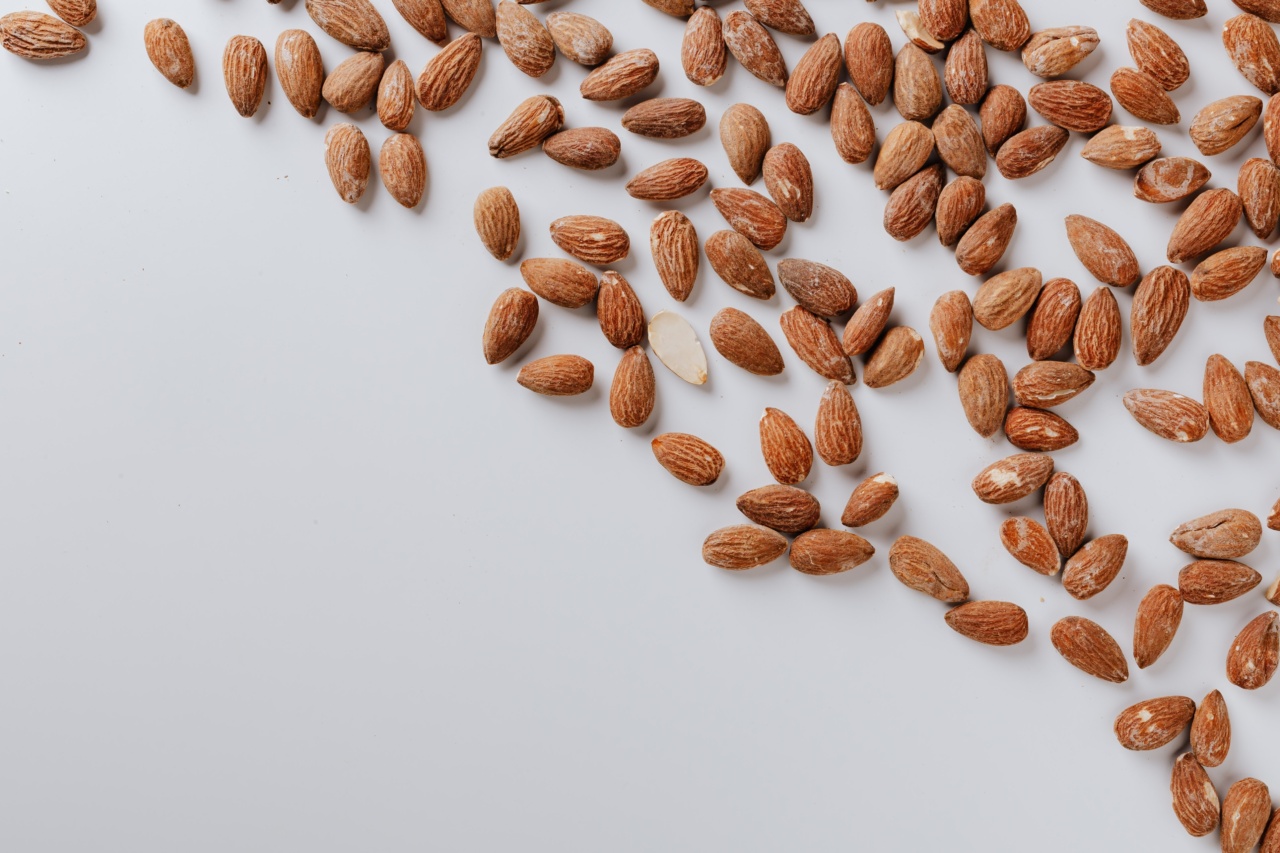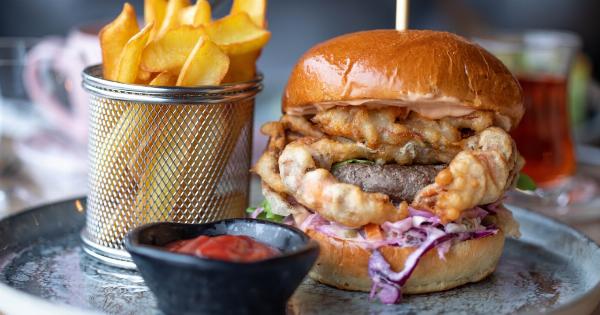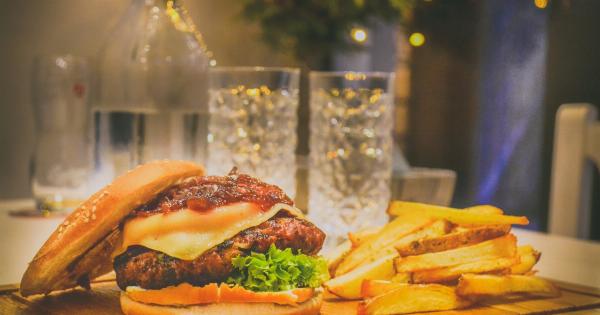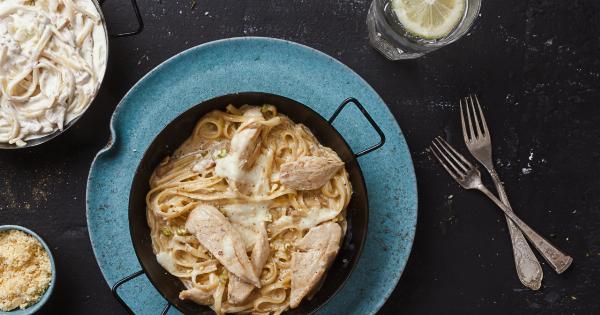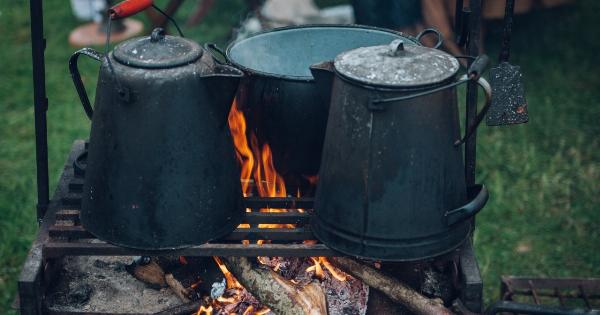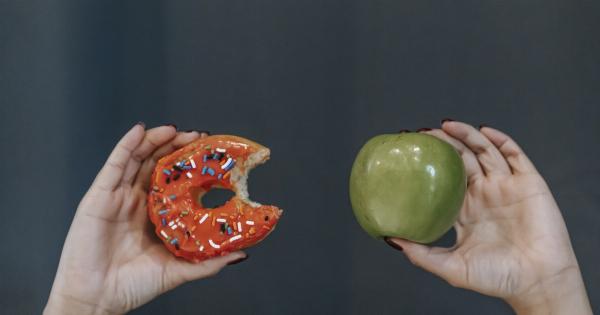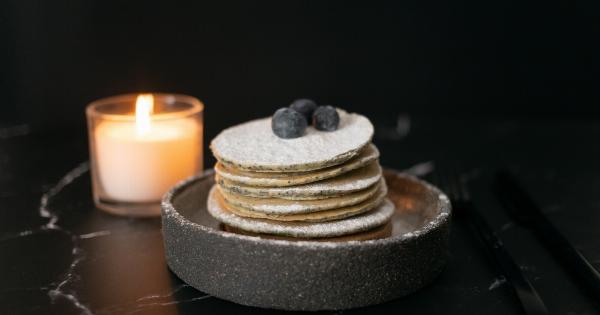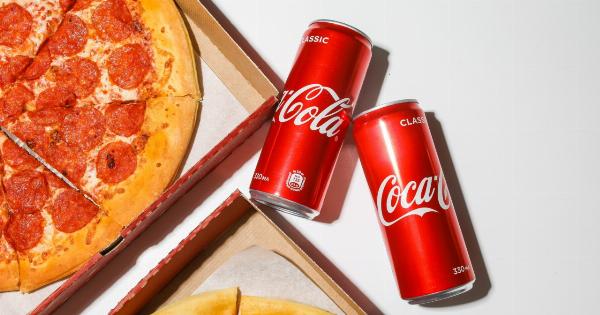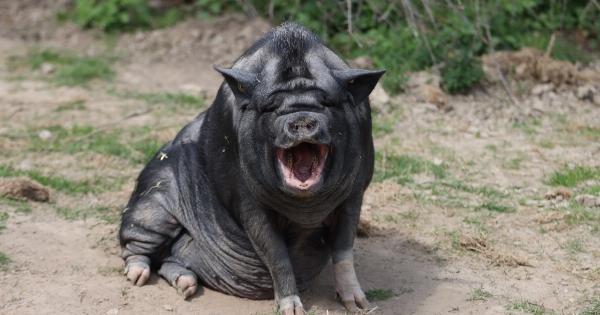When it comes to weight loss, the old phrase “calories in, calories out” reigns supreme. If you consume more calories than your body needs, you’ll put on weight.
However, some foods are believed to have a “negative energy” effect – meaning they burn more calories during digestion and processing than they contain. Incorporating these foods into your diet can help you lose weight without feeling deprived.
How Does Negative Energy Work?
When you eat food, your body needs to break it down into usable energy. This process is called “thermic effect of food” (TEF) or “diet-induced thermogenesis” (DIT).
Every macronutrient – protein, carbohydrates, and fat – has a different thermic effect. Protein has the highest thermic effect, meaning it burns the most calories during digestion and absorption. Carbs are in the middle, and fats have the lowest thermic effect.
Negative energy foods, also known as “calorie-negative” or “negative-calorie” foods, have a thermic effect greater than their caloric content, resulting in a negative net caloric intake.
However, these foods do not have a “magical” effect that will help you lose weight without changing any other aspects of your diet or lifestyle. Rather, they can be used as part of an overall healthy, low-calorie diet to aid in weight loss.
Which Foods Have Negative Energy?
The following foods are believed to have a negative energy effect:.
1. Leafy Greens
Leafy greens such as spinach, kale, and collard greens are high in fiber and low in calories. They are also rich in vitamins and minerals that support overall health.
According to some studies, the thermic effect of leafy greens could be as high as 20-30%, meaning you burn 20-30% of the calories they provide just by digesting and absorbing them.
2. Celery
Celery is a low-calorie vegetable that is often touted as a negative-energy food. It is high in water content and has a low calorie count, making it a good choice for snacking or adding to meals.
Its thermic effect is estimated to be around 8%, meaning you burn around 8% of its calories during digestion.
3. Berries
Berries such as blueberries, raspberries, and strawberries are low in calories and high in fiber, making them a great choice for weight loss. They also contain antioxidants that help protect against disease.
The thermic effect of berries is around 4-7%, depending on the variety.
4. Grapefruit
Grapefruit is a low-calorie fruit that is often included in weight loss diets. It is high in vitamin C and other nutrients, and has been shown to have potential weight loss benefits.
The thermic effect of grapefruit is estimated to be around 8%, meaning you burn around 8% of its calories during digestion.
5. Cucumbers
Cucumbers are a high-water, low-calorie vegetable that are often used in salads or as a snack. They contain few calories but are rich in nutrients like vitamin K and potassium.
The thermic effect of cucumbers is estimated to be around 2%, meaning you burn around 2% of their calories during digestion.
6. Watermelon
Watermelon is a summertime favorite that is low in calories and high in water content. It is also rich in vitamins A and C, as well as lycopene, an antioxidant that may have potential health benefits.
The thermic effect of watermelon is estimated to be around 5%, meaning you burn around 5% of its calories during digestion.
7. Lean Protein
Protein is the macronutrient with the highest thermic effect. Incorporating lean protein sources such as chicken, fish, and tofu into your diet can help increase your overall calorie burn.
Additionally, protein can help keep you feeling full and satisfied between meals, which can aid in weight loss.
8. Whole Grains
Whole grains such as brown rice, whole wheat bread, and quinoa are high in fiber and complex carbohydrates. They also have a higher thermic effect than refined carbohydrates like white bread and pasta.
Incorporating whole grains into your diet can help increase your overall calorie burn and keep you feeling full and satisfied.
9. Spices
Spices such as chili peppers, cinnamon, and ginger have been shown to increase thermogenesis and boost metabolic rate.
While the effect is relatively small, incorporating these spices into your meals can help increase your overall calorie burn and add flavor without adding calories.
10. Water
While not a food, drinking water can help increase your overall calorie burn. Studies have shown that drinking water can temporarily boost metabolism, resulting in increased calorie burn for a short period of time.
Conclusion
Negative energy foods can be a helpful tool in a weight loss diet. However, they should be used in conjunction with an overall healthy, low-calorie diet and regular exercise.
Incorporating foods with a high thermic effect, such as protein and whole grains, can also aid in weight loss. Remember, there are no “magical” foods or shortcuts to weight loss – it takes consistent effort and dedication to achieve your goals.
